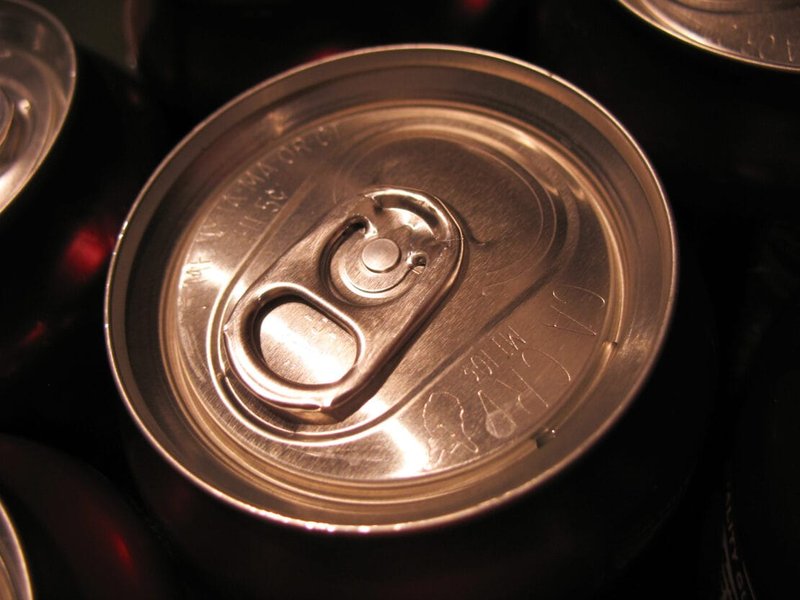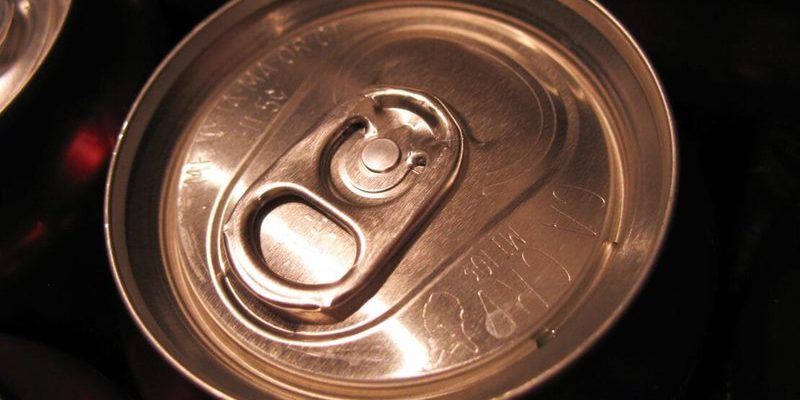
The E3 error code on an Insinkerator garbage disposal isn’t just a random alert. It’s the appliance’s way of telling you there’s something wrong. Typically, this code signals that there’s a jam or overload in the system. Imagine trying to drive your car with a flat tire; you’re not going to get very far, and you might end up causing more damage. Similarly, ignoring the E3 error can lead to further issues, potentially resulting in a costly repair or replacement. Let’s dive in and explore why it’s important to acknowledge this error and how you can fix it.
Understanding the E3 Error Code
So, what exactly does the E3 error code mean? When your Insinkerator displays this code, it’s essentially saying, “Hey, something’s not right here!” Think of it like a smoke alarm going off even when there’s no fire; you wouldn’t just sit there and let it blare, right? The E3 error usually points to a jam in the disposal or an overload, meaning it’s struggling to function correctly because something is blocking its path or it’s been overfed.
A jam typically occurs when something too hard or fibrous gets caught in the disposal. Items like bones, fruit pits, or even corn husks can get lodged and prevent the blades from spinning as they should. Overloads, on the other hand, happen when the disposal is fed too much waste at once, overwhelming the motor. It’s like trying to chug a whole gallon of milk in one go—not a good idea!
To avoid these scenarios, it’s important to be mindful of what goes down the disposal. Think of it as a diet plan for your appliance: soft items in moderation are okay, but anything too tough or excessive should be avoided. When the E3 error appears, it’s crucial to act promptly to prevent potential damage to the motor or the internal components of the disposal.
Steps to Address the E3 Error Code
Here’s the deal: fixing an E3 error isn’t as daunting as it might seem. Think of it as a simple puzzle; you just need to find the right pieces. The first step is to ensure your safety. Always turn off the power to the disposal before attempting any troubleshooting. You wouldn’t want your fingers anywhere near a running blender, right? The same caution applies here.
Once you’re sure the power’s off, take a flashlight and peer down the disposal to identify any obvious jams. Use a wooden spoon or a similar object to dislodge whatever might be stuck. Avoid using your hands; it’s always better to be safe than sorry. If you can’t see anything, the jam might be deeper. In this case, you may need the hex key that came with your disposal. Insert it into the hole at the bottom of the unit and turn it manually to free the jam.
If these steps don’t resolve the issue, it might be time to consider consulting the user manual or reaching out to a professional. Remember, while DIY fixes are great, there’s no shame in calling in reinforcements when needed. After all, even seasoned gardeners sometimes need help with stubborn weeds!
Why Ignoring the E3 Error Isn’t Wise
You might be wondering, “What’s the worst that could happen if I just ignore the E3 error?” Ignoring this warning is like hitting snooze on your morning alarm—it might seem like a good idea at the moment, but it leads to complications down the road. An unresolved E3 error can stress the motor, eventually causing it to burn out. Not only does this mean your disposal could stop working entirely, but you might also face a hefty bill for repairs or replacements.
Additionally, allowing a jam or overload to persist can lead to unpleasant odors emanating from your sink. You’ve probably experienced that “ugh” moment when a mystery smell takes over your kitchen. If left unchecked, this can become a breeding ground for bacteria, affecting not just the disposal but potentially the entire plumbing system. Preventing these issues is much easier—and cheaper—than dealing with the aftermath.
So, what’s the best approach? Stay proactive. Regularly check and clean your disposal, and always pay attention to any alerts it’s giving you. Just like brushing your teeth prevents cavities, addressing minor issues with your disposal helps ensure it runs smoothly for years.
Preventative Tips and Tricks
To keep your Insinkerator in tip-top shape and avoid future E3 errors, a few preventative measures can make all the difference. One simple analogy is treating your disposal like a plant. You wouldn’t overwater it or throw rocks in its soil, right? Similarly, be conscious of what goes down your disposal. Avoid fibrous, hard, or excessive waste to prevent jams and overloads.
Regular maintenance is key. Run cold water for about 15 seconds before and after disposing of waste. This helps flush out any debris and keeps things running smoothly. Cold water solidifies any grease, making it easier for the disposal to chop it up. Think of it as a refreshing rinse for your appliance!
Lastly, give your disposal a fresh start every once in a while. Grinding up a few ice cubes and citrus peels can clean and deodorize the unit. Imagine it as a spa day for your disposal—a way to refresh and rejuvenate. Following these steps will not only help prevent the E3 error but also extend the life of your trusty kitchen appliance.
So, next time your Insinkerator flashes an E3 error, don’t ignore it. With a few careful steps and ongoing maintenance, you’ll keep your kitchen running smoothly without a hitch.
